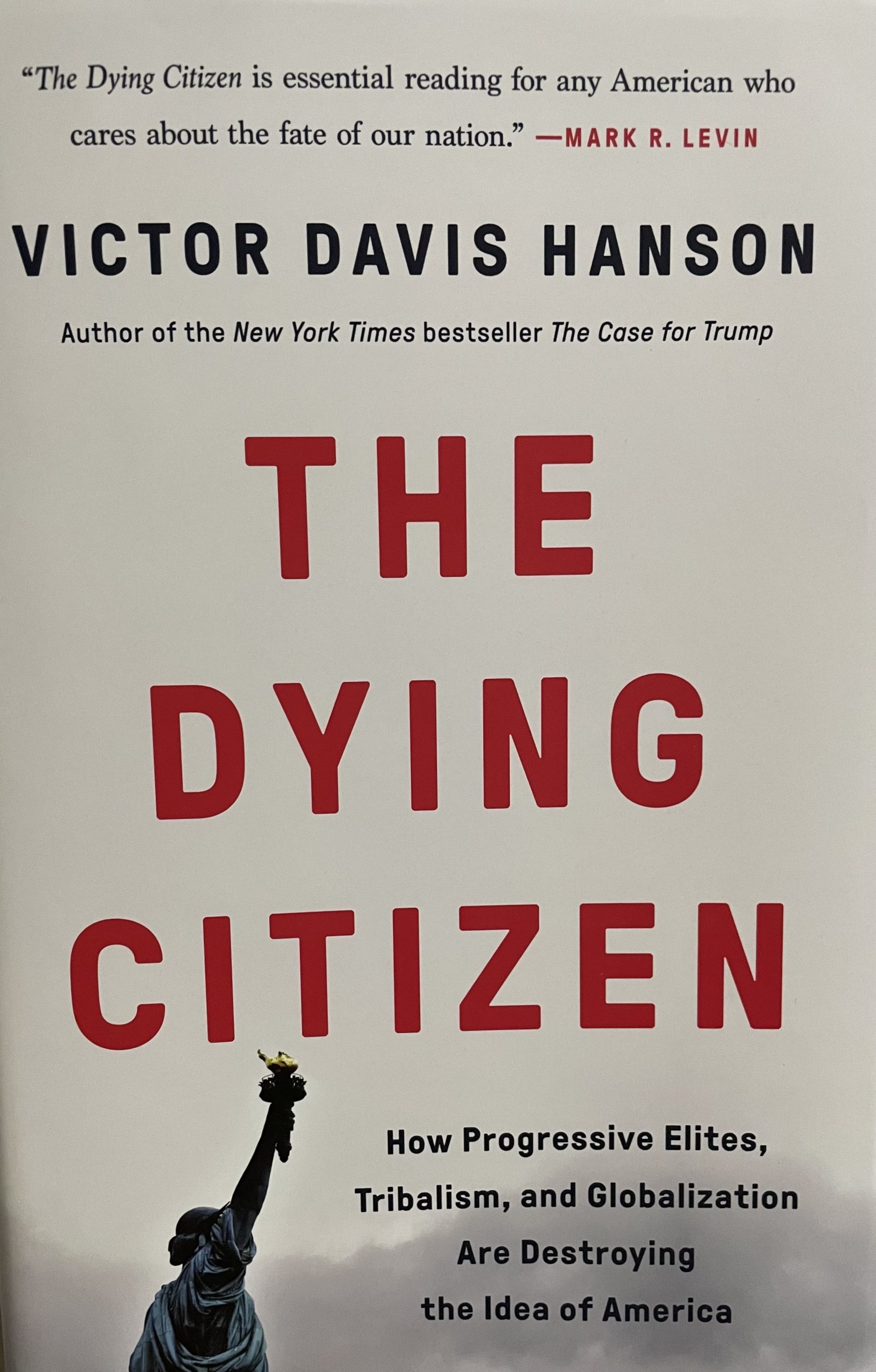Robert Putnam, a professor of public policy at Harvard’s Kennedy School and a noted social science author, spoke about the growing opportunity gap in America at the American Enterprise Institute this past week.

Putnam pointed out how “over the last thirty to forty years, there’s a gap between rich kids and poor kids.” He defined rich kids as the children of college-educated parents and poor kids as those whose parents graduated from high school. This “growing gap” means “things are getting worse faster for poor kids” in America. Putnam called this the “growing opportunity gap” which is illustrated in several ways, one of which is how much money parents invest in their kids’ activities such as summer camps and piano lessons. Putnam named this the “summer camp gap.”
For rich kids, Putnam said parents spend “nearly $7,000 per kid per year” while poor kids “have had no increase in that kind of indicator of summer camp.” The cost hovers around “$700 per child per year.”
Another discouraging trend is personal interaction, quality time or what Putnam called “good night moon time,” between parent and child. “It used to be there wasn’t any class gap” in this category, but now, rich kids have around 45 minutes a day more than poor kids in quality time with parents. He noted, “Direct interaction with kids is [a] very powerful [influence] on their brain development,” adding that research backs up that point.
Putnam said the class gap not only extends to testing, but also to high school sports such as football. These extracurricular activities are “dropping sharply among kids that come from high school graduate homes,” although “we know, as a matter of fact, taking part in all those extracurricular activities matters for kids.” Extracurricular activities give kids added social skills, or what Putnam called “soft skills.” He said, “Employers will pay more…will pay people who [have] more extracurricular activities more because they have soft skills.” Why is there a class gap in extracurricular activities and sports? “The short answer,” Putnam said, “is pay to play.”
In the past, “all kids in American high school[s]” used to participate in sports for free and gain those “soft skills,” but that changed “about twenty years ago” when “we’ve started to charge for [those activities].” Putnam explained that these days it costs about $400 per student to participate in one activity per semester. Poor kids’ parents cannot afford that today, he said. Also, he believed that by “privatizing” these extracurricular activities, “we’ve taken –[it] out the hands of poor kids.”
Religious community involvement among America’s youth worried Putnam because he said it was “a very important example of community involvement.” He said, “My argument is that religious communities used to be a rich source” for children. But today, “they’re less likely to encounter youth group leaders” who can mentor them.










